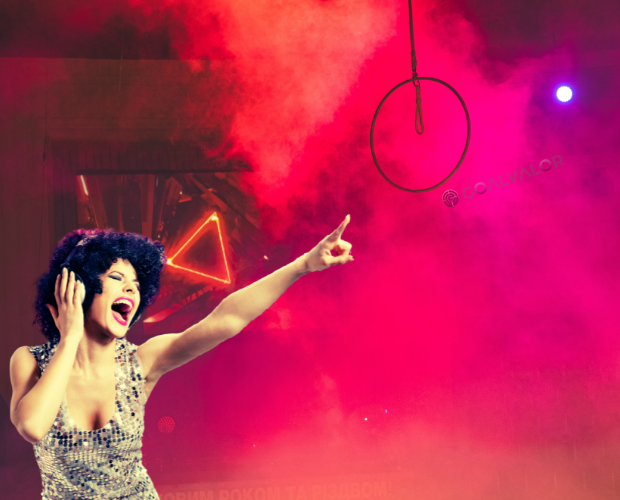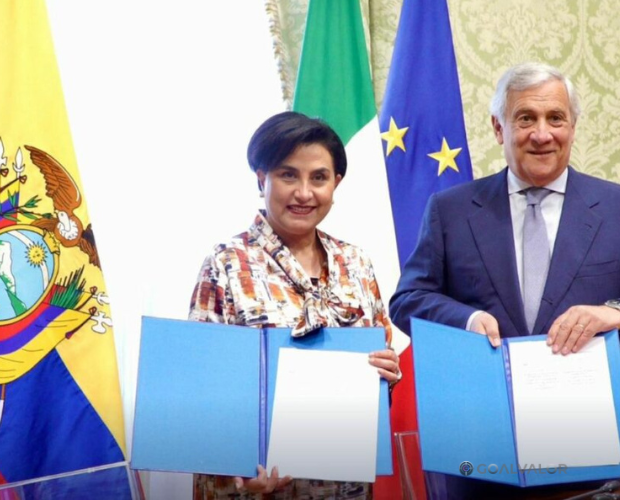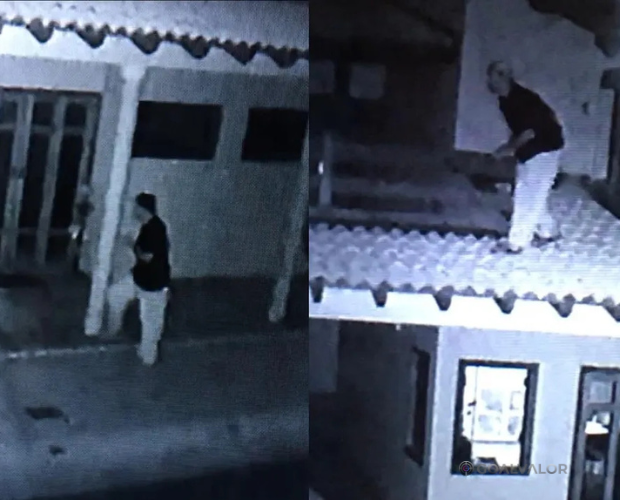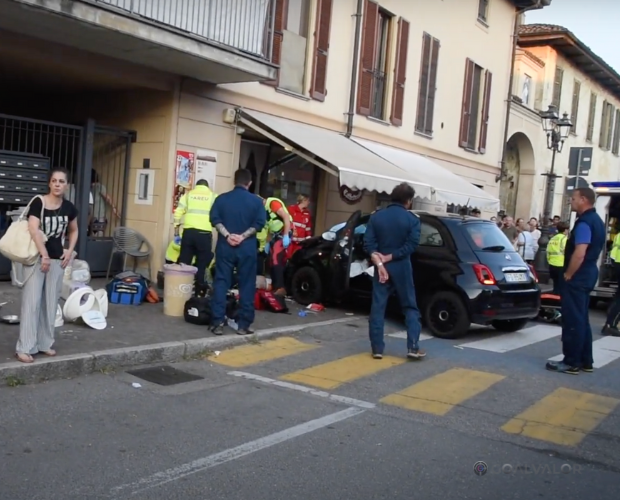Milan Dances in Spanish: The Boom of Latin Nightclubs (and What It Says About Identity, Business, and Smooth Perreo)
<It’s not just reggaeton. It’s identity. It’s emotional marketing. And yes, it’s also a business spinning the dance floor... and the cash register.>
A few years ago, dancing salsa in Milan meant signing up for a mirrored academy, wearing stiff shoes, and following a retro-haired instructor counting “1-2-3… pause.” But Milanese folks —yes, the same ones who sip cappuccino with brioche and listen to Radio Italia— now know who Bad Bunny is, have a “fiesta latina 🔥” playlist, and have stepped at least once onto a dance floor with Romeo Santos playing. Hopefully, without injury.
From Trend to Movement: Latin Clubs Take Over Milan’s Nightlife
These days, Milan weekends come with a new cultural zip code: it smells like rum, it sounds like bachata, and neon lights groove to Ozuna and Karol G.
In just five years, the number of Latin-focused venues in the city has exploded. What started as “theme nights” have become permanent clubs with strong identities. They’re no longer extras. They are the plan.
According to event organizers and nightlife managers, Milan now boasts at least 15 clubs playing Latin music regularly, and Latin events have grown by over 60% since 2018.
It’s not just about reggaeton —though let’s admit, it gets things moving. There’s salsa, merengue, cumbia, and even those Selena techno remixes no one asked for, but everyone ends up dancing to.
What’s going on? Spoiler: It’s not just about the music
People are hungry for real experiences. And the Latin community in Milan has added flavor to the nightlife. Italians, tired of sterile “apericena” and funeral-faced techno, have found in Latin clubs a place to dance close, sing loud, and sweat freely — without judgment.
Here’s the key insight: you’re not selling music. You’re selling emotion. And that, my friends, is digital gold for anyone who knows how to build a community… and a business.
What a Digital Entrepreneur Can Learn (Yes, you reading this with cold coffee)
You don’t need to invent the genre, just perform it with soul: Many of these clubs aren’t massive chains. They’re indie projects that get the vibe right, not just the budget.
Algorithms dance too: TikTok is full of Italians dancing salsa with captions like “don’t know how I ended up here, but it was awesome.” Spoiler: that’s organic marketing.
Identity + energy + consistency = winning combo: Latin clubs didn’t change the world. But they changed Milan’s nightlife. Why? Because they deliver a coherent, emotional, and repeatable experience.
Are you a content creator? There’s a party waiting for you
This boom isn’t just for promoters or DJs. It’s a goldmine for content creators, event photographers, micro-influencers, and even rhythm-savvy copywriters.
For example: stylish venue reviews, dancer interviews, explaining the difference between Dominican and sensual bachata (with gifs, please), or even creating a Latin events calendar for Milan. Spoiler: nobody nailed it yet. Hit play — the scene’s waiting.
Conclusion: Less filters, more flow
The rise of Latin clubs in Milan isn’t a fad. It’s a mirror where the city is starting to see itself as more diverse, more alive, more free. And those who understand that are finding not just a dance floor, but a runway to grow.
Milan no longer says goodbye with just “ciao.” Now you might hear a shy “buenas noches” with an Italian accent and hips in motion.
And you, digital entrepreneur… are you staying by the bar, or are you ready to dance?









